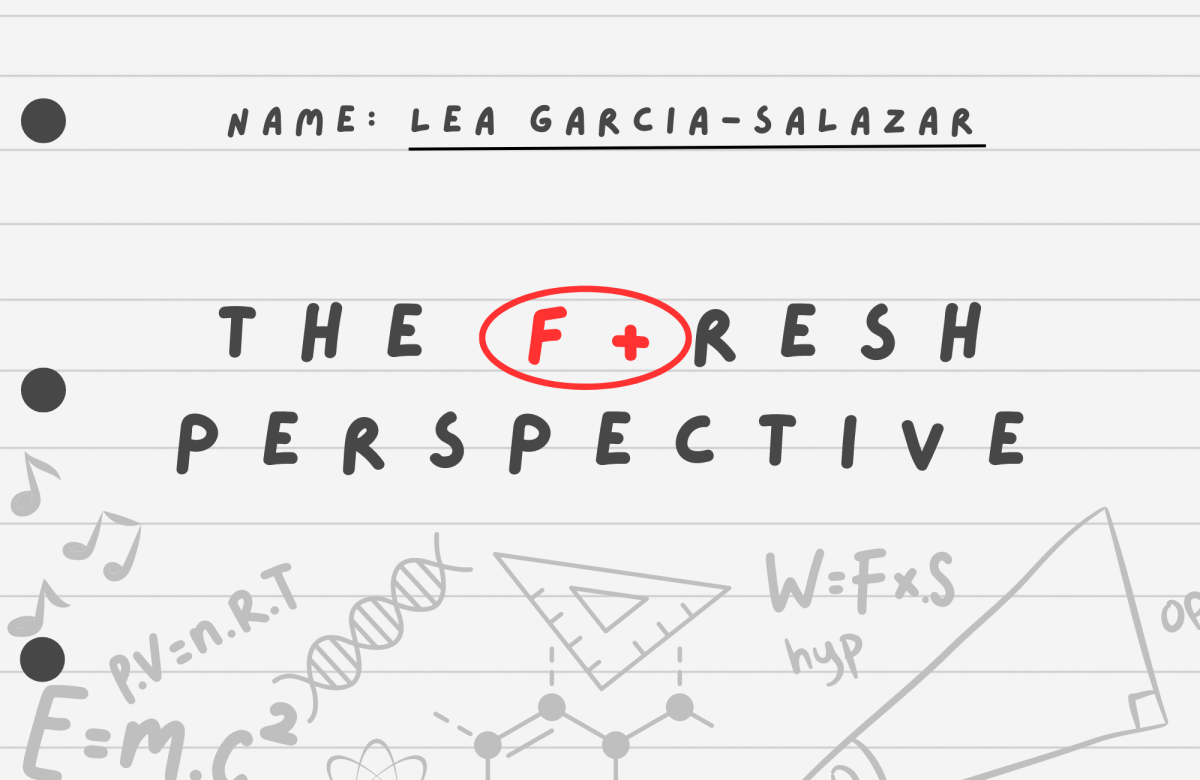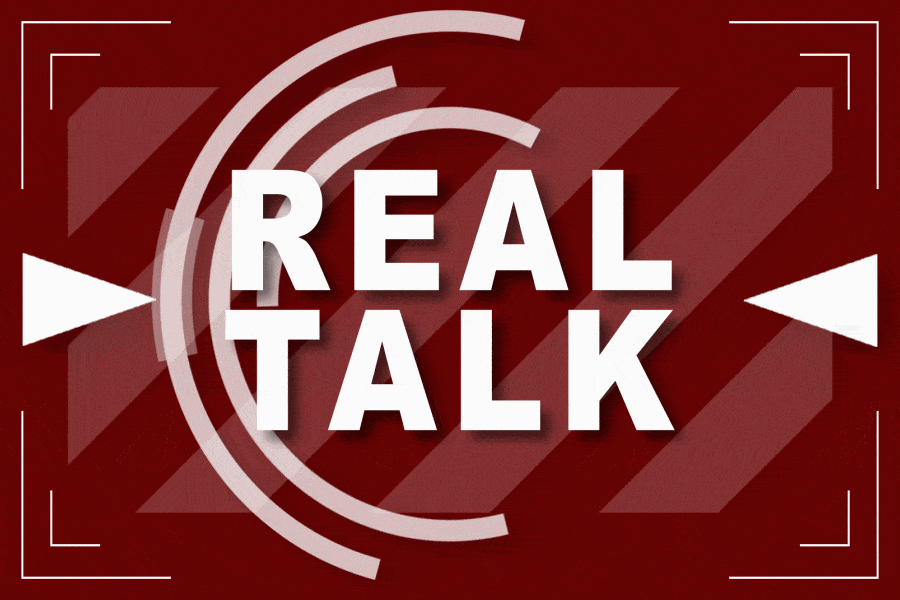Teachers are essential in our society; serving as educators, mentors, guides, and inspirations and forever shaping the future of children. Despite this, educators are forced to battle with major hurdles including, of course, occupational burnout. Occupational “job” burnout is a type of stress linked to work. It includes ongoing emotional exhaustion, psychological distance or negativity, and feelings of inefficacy. The issue of burnout in education is a pressing issue that demands attention since it affects, of course, educators and their abilities and ultimately, the quality of education.
According to a Gallup poll, almost half (44%) of American K-12 teachers reported feeling burned out often or always. In the case of colleges and universities, the figure stood at 35%. While these statistics are worrying, they shouldn’t shock those who understand the stressful work conditions imposed on educators. For example, many educators struggle with excessive workloads and long working hours. Teachers often have a huge amount of material that needs to be covered and may feel overwhelmed by all of the tasks they need to do. Another huge contributor is the lack of support teachers often receive. Teachers may feel isolated if they don’t have support from their colleagues, administrators, or the community. Without support, teachers may feel like they have to tackle everything on their own, leading to burnout.
Unfortunately, burnout issues also have a direct influence on students, affecting the quality of instruction, the relationships between teachers and students, and the general learning environment. Additionally, teacher burnout can have long-lasting impacts. There is a lower probability that students taught by teachers who are burnt out will complete high school and seek further education. This is due to the possibility that teachers who are burnt out may be less engaged, patient, and creative, all of which could negatively affect their students. Of course, a student’s prospects and achievement might also be greatly impacted by their inability to complete high school.
To counter this, several educational policies that could add to the demanding work environment for educators need to be reassessed. Standardized testing pressure, teacher evaluation methods, and administrative expectations are examples of these practices. The well-being of educators must come first in these regulations, and high standards for education must be upheld.
In addition to changing policies, there are other ways to combat teacher burnout, such as providing more mental health services, offering professional development opportunities, and fostering a more collaborative learning environment. Before organizing and implementing these solutions, it is critical to understand that everyone has a shared obligation to create an atmosphere that is both sustainable and helpful for educators, which will ultimately benefit students and the educational system as a whole.
The issue of teacher burnout is an important one that should be addressed comprehensively through policy changes as well as an increase in support systems. Addressing this issue will positively impact educators and students alike.










